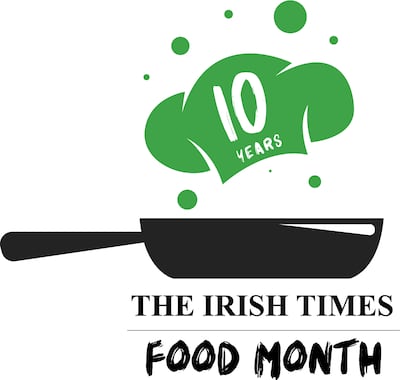In the deep dark before the Oregon dawn, lights flickered in vineyards on the slopes above Ashland as Spanish-speaking men wearing tiny, powerful headlamps strapped to their foreheads mined the last of the grapes in this year’s harvest.
Bundled in thick jackets against the chill, a seven-man team began work at 5.30am in the Dana Campbell vineyard on the high ground and, as the sun rose, moved down to Brian and Marya Gruber’s Swallow Hill Vineyard.

Small green and blue grapes in tight bunches were cut, dropped into white plastic buckets and, once filled, turned into square bins propelled by the narrow vineyard tractor driven by Brian. At 2pm, the bins were forklifted onto a flatbed trailer and driven to the buyer: two tonnes instead of the nine or 10 in bumper years.
The stressful, demanding six weeks and long hours of harvest ended here and at most vineyards and wineries in the region. “Harvest was one month late due to a cold April, May and part of June,” says Brian. Grapes for whites and rosé were picked from early September. Reds waited until the end of the month and into October. Rain held off until the grapes were in and the first snow fell on Mount Ashland.
This has been a hard year. A spring freeze and drought during blossom, attributed to climate change, denied vines rain and irrigation water. Illegal marijuana growers reduced supplies further by illegally pumping water from open irrigation channels. “Instead of five months we had five weeks of water,” says Brian. “At least the vines survived.”
Once his youngest, water-starved vines mature, Swallow Hill’s 1.6 hectares should increase this harvest’s low yield by 11 tonnes, a good return on his heavy investment in funds and time.
At the Irvine and Roberts winery near Emigrant Creek, two university students picked twigs and leaves from grapes on the conveyor belt of a machine which strips off stems and deposits whole grapes in a bin in preparation for fermentation. Treading grapes in bare feet has long been a romantic fiction. Machines have taken over.
[ ‘To make wine in Ireland, you have to be a little bit crazy’Opens in new window ]
Brian – who is winemaker and vineyard manager here – leads the way into a vast shed filled with stainless steel tanks and wooden barrels. He lifts a plastic cover from a bin filled with whole Pinot Noir grapes and adds a few pieces of dry ice and a tiny portion of sulphur dioxide to prevent oxidation and protect against microbes while fermentation begins.
Grapes for white and rosé wines are crushed but not for red. The wines ferment in tanks before being strained and transferred to barrels. Bottling is in phases throughout the year.
The first vines here were planted in 2007 by Doug and Dionne Irvine, who had made earlier careers in property, and the vineyard has expanded gradually. Sitting in the forklift cab, Doug says they do not really know why they took up winemaking but once in “you can’t leave”.
“We began here in 2017. It took nine months to build and equip the place and we finished on the day before harvest started.” Brian joined Irvine and Roberts early this year. Today the winery employs six in the vineyard, six in winemaking, tasting room staff and a full-time chef to prepare delicate dishes to pair with wines in the elegant tasting room. Extra hands are recruited for harvest.
The estate has 20 hectares of vines which produce 127 tonnes of grapes and 100,000 bottles of red, white, rosé and sparkling wines. Ninety-eight per cent of the grapes this year have been grown on the property.
“We loved our real estate work,” says Doug. “There is satisfaction in providing shelter for families, building homes in a community. Wine is the same sort of gift. It brings happiness, enjoyment.”
[ John Wilson: How to make your cheap wine taste betterOpens in new window ]
The 70 wineries in the Ashland region of southern Oregon employ hundreds of men and women and encourage university students to study winemaking and serve as interns in wineries. Expert winemakers are, however, born not bred. Some train in winemaking but others begin as lawyers, economists or engineers and discover their vocation is making fine wine.
Ashland’s seven-month-long annual Shakespeare Festival initially transformed the little town into a flourishing tourist destination but hiking, biking, walking in the wooded hills and wine tours have become main attractions. While Covid killed theatre performances for many months and closed down restaurants and shops, wineries prospered thanks to online orders from locked-down wine lovers.























